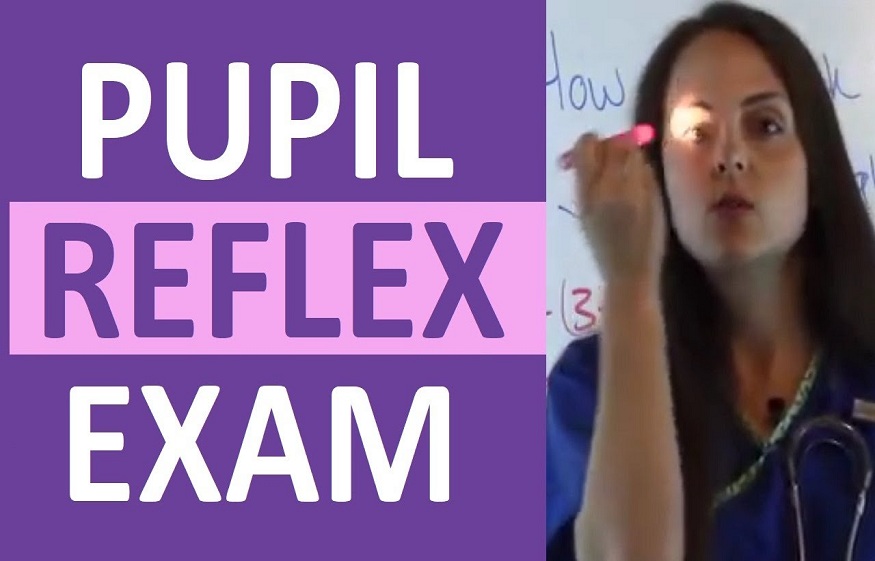Pupillary size assessment is a basic part of the neurological examination and holds significant importance for understanding the neurological condition of a patient. This assessment includes the evaluation of the pupil’s response to light and other stimuli regarding the illness causing the dilation. It is therefore important for clinicians to appreciate the details regarding the measurement of the size of the pupils and the instruments used in this assessment in order to increase the chances of correct identification of the problem and provision of the right treatment.

Data Measurement of Pupilary Size
Neurological assessment particularly the neuro exam of the eye involves measuring the size of the pupils. The reaction to light, size, and symmetry of the pupil may give crucial information about the patient’s neurological status. A change in the size and/or reactivity of the pupils can point to certain conditions such as brain injuries, high intracranial pressure, and other neurological diseases.
Clinicians use pupillary size measurement to:
- Diagnose and assess head and brain trauma
- Evaluate the outcomes of neurological therapies
- Identify potential neurological disorders
- Assess the patient’s neurological status in terms of assessments of his neurologic function
In addition, accurate measurement and interpretation of the size of the pupils may save the patient’s life and alleviate the consequences of a severe condition.
Neurological Tools for Pupillary Size Measurement
With the current growth in medical technology, specialized neurological equipment intended for measuring the size of the pupils has been developed. They improve and facilitate the neuro exam and help the clinicians in making their assessments.
Pupillometers
A pupillometer is a piece of equipment that is specifically used to assess the size of the pupil and its response to stimuli. These devices offer numerical information and, thus, are easy to assess. Hence, pupillometers are preferred in clinical practice because of their precision and simplicity in use.
Neurological Pupil Index (NPi)
The Neurological Pupil Index (NPI) is, in fact, calculated from data obtained using the method of pupillometry, and thus, is a kind of normativized measure of the reactivity of the pupils. The NPi is a reliable and standard tool that enables the comparison of scores in different time periods and between different patients. This index is especially helpful when the condition of the patient is deteriorating and the healthcare giver needs to make quick and accurate decisions.
Manual Measurement Techniques
However, even in the current generation, manual methods of measurement are still employed, especially in the workplaces that cannot afford the advanced tools. In manual measurement, the use of penlight is made to check the reaction of the pupil to light, and a ruler or pupil gauge is to determine the size of the pupil. As opposed to the above-described automated methods, manual approaches are less accurate but still relevant competencies that every clinician should possess.
Evaluation of Pupillary Reaction
In evaluating pupillary reactions, the direct and consensual reactions to light are tested. Direct response is the constriction of the pupil when the light is directed to the eye while the consensual response is the constriction of the pupil on the side opposite the light. Any of the responses is essential in evaluating the neurological status of an individual.
Direct and Consensual Light Reflex
The direct light reflex is carried out by illuminating one eye and comparing the reaction of the same eye’s pupils. The consensual light reflex is witnessed by directing a light to a particular eye and observing the other eye’s response. Normal reactions include equal and simultaneous constriction of both pupils. Abnormal responses may reflect neurological dysfunction or injury Neuropsychological testing measures the patient’s cognitive and behavioral performance.
Accommodation Reflex
The accommodation reflex checks the pupil’s reaction to objects that are near and far away. An accommodation movement should cause the pupils to constrict in order to focus on an object close to the eye, and dilate to see an object at a distance away. This reflex assists in assessing the function of the optic nerve and pathways in the brain concerned with vision.
Conclusion
Pupillary size measurement is a critical aspect of neurological evaluation, providing valuable insights into a patient’s neurological status. With the use of advanced neurological tools like pupillometers and the Neurological Pupil Index (NPi), clinicians can achieve greater accuracy and reliability in their assessments. Understanding the principles of pupillary reaction and integrating these findings into patient care is essential for optimal neurological evaluation and management.






Leave a Reply
You must be logged in to post a comment.